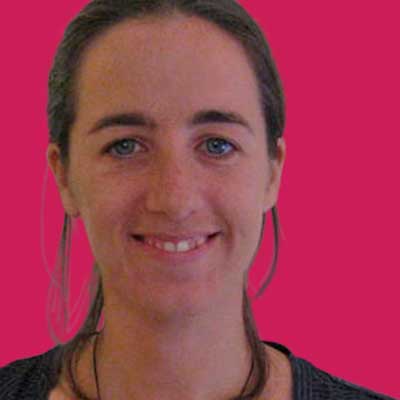Te Whāriki was first developed in 1996, and revised and updated in 2017 (see here for a guide on the major revisions). Te Whāriki means ‘a woven mat’ and refers to the way in which its principles and strands are interwoven to develop curriculum. The whāriki is also intended as a ‘mat for everyone to stand on’, and in this regard, it is expected that early childhood settings will weave their own unique and particular emphasis or local set of priorities from the principles and strands for their setting.
Te Whāriki aims to realise its vision for children to be ‘competent and confident learners and communicators, healthy in mind, body and spirit, secure in their sense of belonging and in the knowledge that they make a valued contribution to society’ (p. 2). The mana of the child is held paramount, and the curriculum focuses on respectful, responsive and reciprocal relationships as a foundation for wellbeing, learning and development. Te Whāriki is grounded in a commitment to Te Tiriti o Waitangi, which informs obligations to protect Māori culture and language, and to ensure the success of Māori children as Māori. Children’s cultural and language backgrounds are recognised and affirmed, and children are empowered to develop and strengthen positive learner identities.
There are four principles of Te Whāriki:
Holistic development | Kotahitanga
Family and community | Whānau tangata
There are five strands, which also contain goals and learning outcomes:
Belonging strand | Mana whenua
Contribution strand | Mana tangata
Communication strand | Mana reo
Exploration strand | Mana āoturoa
By Dr Vicki Hargraves

